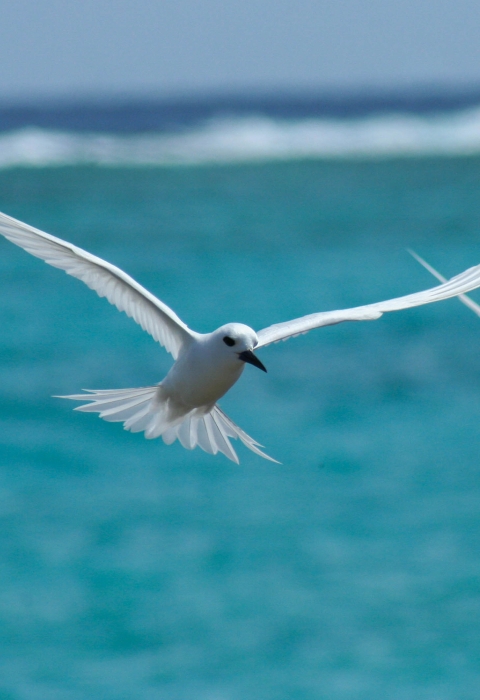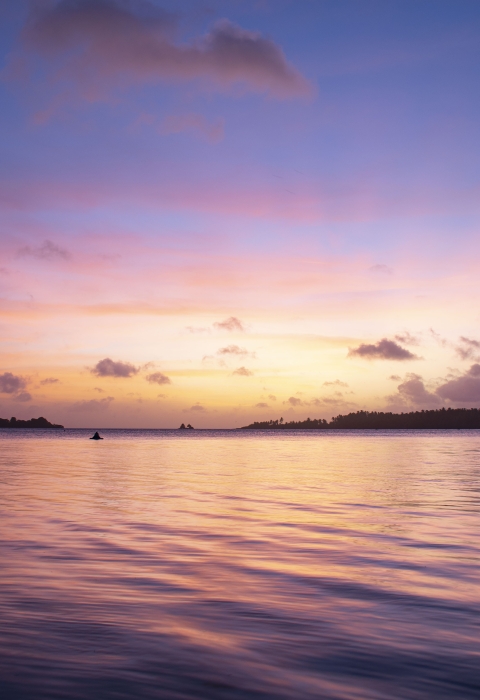Laws and Regulations
Presidential Proclamation 8336 created on January 6, 2009, to form the Pacific Remote Islands Marine National Monument and established protections to approximately 86,888 square miles of waters and submerged and emergent lands. On September 25, 2014, the boundaries of the Monument were expanded through Presidential Proclamation 9173. These proclamations delegate management of the Monument to the Secretary of the Interior, in consultation with the Secretary of Commerce, as the applicable legal authorities. The Secretary of the Interior delegated management of the Monument in Secretarial Order 3281-1 to the Director of the U.S. Fish and Wildlife Service to be managed as units of the National Wildlife Refuge System.
Agency Responsibilities
The Proclamations require the Secretaries of the Interior and Commerce, who delegated management responsibilities to USFWS and NOAA, to prepare a Monument Management Plan (MMP) within their respective authorities for the Monument, and to promulgate implementing regulations that address specific actions necessary for the proper care and management of the Monument. The Department of the Interior and Department of Commerce are working cooperatively together and with partners and stakeholders in the development of the MMP.
Military Role in Management
In accordance with the Proclamation, USFWS Director will not commence management of emergent lands at Wake Atoll unless and until a use agreement between the Secretary of the Air Force and the Secretary of the Interior is terminated. The Secretary of Defense also continues to manage those portions of the emergent lands of Johnston Atoll under the administrative jurisdiction of the Defense Department until such administrative jurisdiction is terminated, at which time those emergent lands shall be administered as part of the Monument and the Johnston Atoll National Wildlife Refuge (NWR; Refuge). However, the MMP will recommend management actions for marine areas surrounding both Johnston and Wake Atolls.
Fishing
The Proclamations prohibit commercial fishing within the Monument. Consistent with this requirement, the MMP will not consider management alternatives to allow commercial fishing. The Proclamations do allow the Secretaries of Interior and Commerce to permit fishing for scientific exploration and research purposes. Noncommercial fishing may also be permitted, as long as it is managed as a sustainable activity. The noncommercial fishing permit process is established; information is available here.
Magnuson-Stevens Fishery Conservation and Management Act (Magnuson-Stevens Act)
NOAA is responsible for the stewardship of the Nation’s ocean resources and their habitats, or ‘‘trust resources,’’ primarily through the Magnuson-Stevens Act. The trust resources are living marine resources and their habitats, including but not limited to commercial and recreational fishery resources, endangered and threatened marine species and their designated critical habitats, marine mammals, marine turtles, marshes, mangroves, seagrass beds, coral reefs, other coastal habits, and areas identified as essential fish habitat (EFH), in accordance with the Magnuson-Stevens Act. EFH is made up of those waters and substrate necessary to fish for spawning, breeding, feeding, or growth to maturity. Using the EFH, Endangered Species Act, and Marine Mammal Protection Act consultation processes, NOAA will work in collaboration and coordination with USFWS, partner agencies, project proponents, and stakeholders to conserve these trust resources.
Overview of Refuges and Previous Planning Efforts
Within the boundaries of the Monument, USFWS continues to administer pre-Monument national wildlife refuges at Baker, Howland, and Jarvis Islands; Johnston, and Palmyra Atolls; and Kingman Reef, in accordance with the National Wildlife Refuge System Administration Act of 1966 (16 U.S.C. 668dd-668ee; Refuge System Administration Act, as amended). USFWS manages these individual refuges, as well as the post-Monument Refuge at Wake, and the Monument as a whole, as part of the National Wildlife Refuge System (NWRS).

